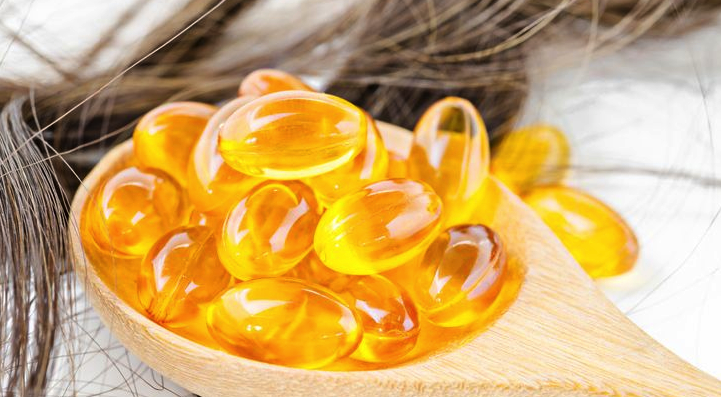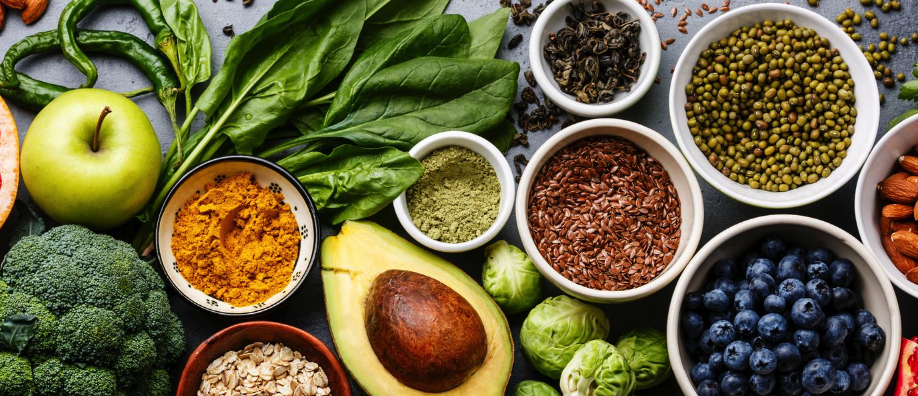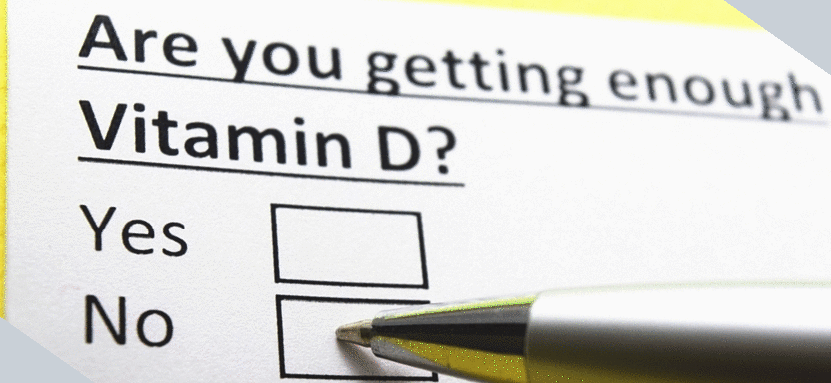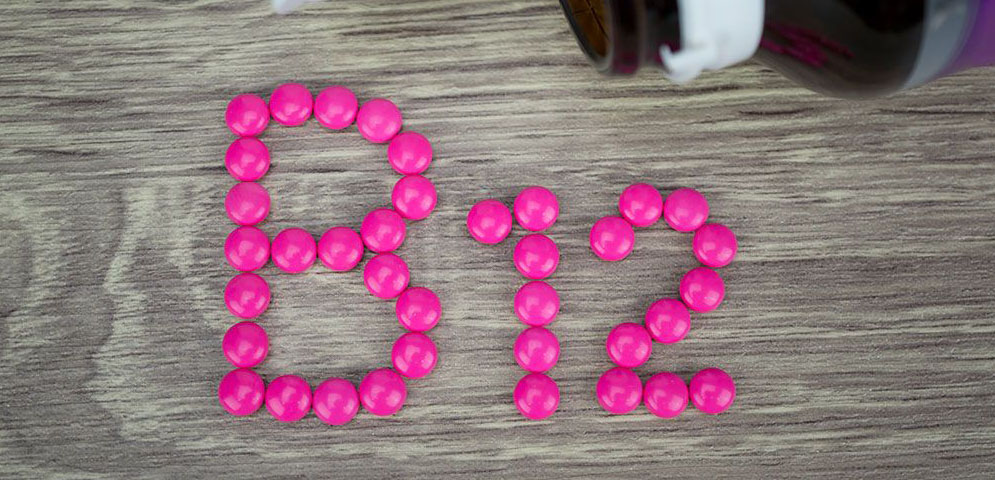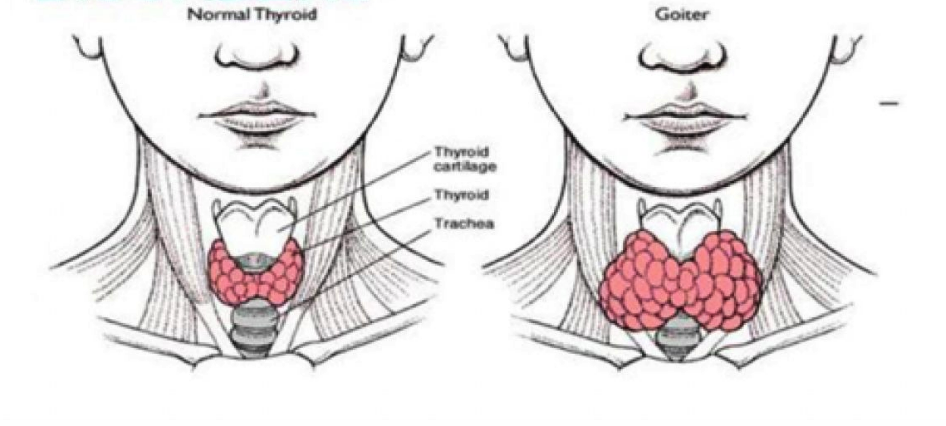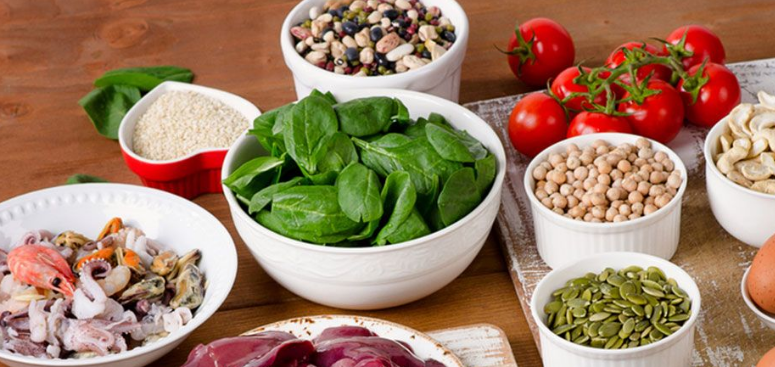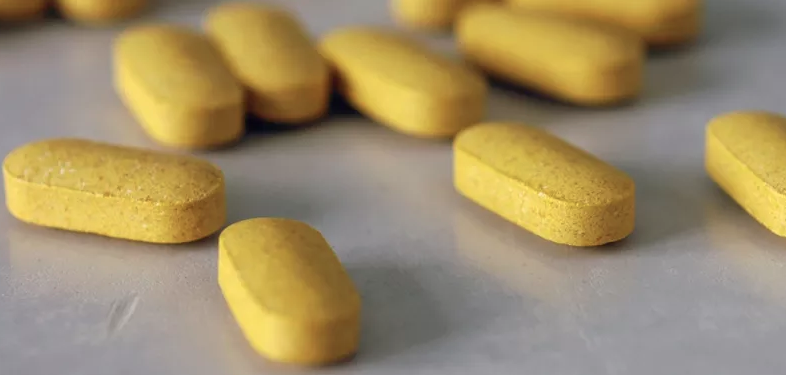Iron is a fat-soluble essential nutrient that helps to promote healthy red blood cells throughout the body. It is necessary for many different functions in the body.
Those who eat specific strict diets can be low in iron, such as those following strict vegetarian or vegan diets. Although, it is possible to have insufficient iron stores even when you follow a carnivorous diet. A few deficiency symptoms can also be an indicator that you are getting too much iron.
Since iron is fat-soluble, it can be easy to get too much as well, but typically only through supplementation. That is why supplementation should be monitored carefully by your physician if you are thinking about adding a supplement.
If you have maldigestion or malabsorption issues, it can also be difficult to absorb enough iron from your diet. Iron can contribute to better energy levels, performance, and much more.
Are you unsure if you are getting enough iron? Talk to your doctor about getting your levels tested, and be sure to ask for your ferritin levels as well. Ferritin is an indicator of how many iron stores you have, and it can be helpful to know for many reasons.
Table of Contents
Signs and Symptoms of Iron Deficiency
Do you think you are getting enough iron in your daily diet? Find out more about some common symptoms of iron deficiency, causes, and the best foods to eat to boost your levels.
1. Weakness
One of the most common signs of iron deficiency is weakness throughout the body. Iron is necessary to create healthy red blood cells to help with circulation and much more.
Two few healthy red blood cells or anemia can easily cause weakness. Weakness can bring about many unwanted behaviors like an inability to do daily functions at home or work, the need for more sleep, and more.
When you are low in iron, less oxygen can get to the body tissues, which can lead to overall body weakness. Make sure you are getting plenty of iron from foods and even supplementing if a doctor recommends it for a short time.
Read on to find out what common diseases and disorders can occur from iron deficiencies.
2. Pale Skin
Healthy red blood cell formation also comes about in the skin. Pale skin is a common sign of iron deficiency. Pale skin, because of iron deficiency, is typically about the eyes. That could be mean either moderate or severe iron deficiency.
There are many different types of iron deficiencies, but almost all of them come with pale skin as a common symptom. Iron-refractory iron deficiency anemia is just one example where pale skin is a symptom. (1)
Other types of iron deficiency can be because of malabsorption or maldigestion issues. Meaning, even if you are eating foods high in iron, you may not be able to absorb what you need.
3. Fatigue
Are you feeling exhausted even after getting a full night’s rest? Do you need your coffee to get through the morning? Fatigue and feelings of unusual tiredness is another common symptom of iron deficiency. (2)
These signs do not necessarily mean you are low in iron, but they could be a sign. Other vitamins and minerals are also essential to consider when it comes to unusual tiredness and fatigue.
Vitamins like essential B vitamins, for example, are necessary for energy as well. Without enough B12, it is impossible to make enough healthy red blood cells, too.
Many may not know they may not have optimal iron levels because it is not always poignant in blood work. Be sure to have your doctor check your ferritin levels as well as iron saturation in blood workup.
4. Dizziness or Headache
Dizziness or headache is another common symptom of iron deficiency. Do you ever stand up fast and feel dizzy? That could be a sign of iron deficiency. While this is not always the case, it can be in some circumstances.
Migraines affect a majority of the population, especially for females. One study in the National Institutes of Health even shows a correlation between low iron and low serum ferritin levels and migraine attacks in females. (3)
There was a statistically significant difference from females who did not get migraines and those with higher iron and serum ferritin levels.
If you are having difficulty with frequent dizziness or headaches, speak to your healthcare professional about getting more testing.
5. Numbness or Tingling
When you have low iron or experience anemia, there is a higher chance of limited blood flow. That is because there is a lack of red blood cells.
Limited blood flow due to iron deficiency or insufficiency can easily cause numbness or tingling, especially in the extremities. A lack of blood cells can lead to tingling in the hands and feet. (4)
If you experience frequent numbness or tingling, especially in the hands or feet, be sure to check in with your doctor about your iron levels.
6. Sore or Burning Tongue
Low iron can even cause soreness and burning of the tongue. That is because of low hemoglobin, which can also affect taste and speech. (5)
Other deficiencies in vitamins and minerals can also cause a sore or burning tongue. Those include vitamin B12, folic acid, and zinc.
A sore or burning tongue is typically a less common symptom, but it can occur in those low in iron, especially when there is a severe deficiency.
7. Brittle Nails and Poor Hair Health
Many factors can create brittle nails and poor hair health, but iron deficiency is a common symptom of these occurrences.
Nail and hair growth also need healthy red blood cell formation, and when you are deficient in iron, you lack the number of healthy red blood cells.
Poor hair health can include thinning hair or even complete hair loss. One study in the National Institutes of Health shows that there is a role between hair loss and iron deficiency among men and women. (6) That study also shows levels of iron as well as ferritin as just an essential to consider when there are symptoms of iron deficiency.
8. Cold Hands and Feet
Cold hands and feet, along with numbness and tingling, are more common symptoms of iron deficiency. Many people have cold hands and feet, but it is essential to make this connection if there is a chance iron deficiency exists.
Circulation and red blood cell formation go hand in hand. Without enough red blood cells, the body has a difficult time circulating blood for warmth in the extremities.
If you experience any of these symptoms, along with cold hands and feet, be sure to ask your doctor about your iron levels.
9. Restless Legs
Restless leg syndrome (RLA) is when you feel the need to move your legs more than necessary, particularly in the evening.
One often ignored nutrient is iron. Iron is an essential nutrient to combat restless leg syndrome.
Many doctors are not aware of this simple treatment for restless leg syndrome, so be sure to do your research and ask your doctor about your iron levels if experiencing RLS.
10. Shortness of Breath
Are you feeling shortness of breath often? It could be an underlying sign of iron deficiency. Enough hemoglobin is necessary to ensure oxygen circulates throughout the body.
That can result in shortness of breath frequently.
If you experience shortness of breath at any time, be sure to check in with your healthcare provider or call for emergency services.
11. Heart Palpitations
If you experience heart palpitations, you may get feelings fluttering or a fast-beating heart. Heart palpitations are a common sign of iron deficiency as well as stress, over-exercise, or other medical conditions.
Heart palpitations, especially frequent ones, can be a severe symptom of other underlying conditions, too.
Be sure to visit your doctor or healthcare provider if you experience frequent heart palpitations, and be sure to ask about your iron levels.
12. Chest Pain
Chest tightness is another sign of iron deficiency that can directly connect with heart palpitations.
Chest pain can occur from chronic stress, as well. Emotional stress can translate into the body in the form of chest pain, tightness, and even common trigger disorders like costochondritis.
Always be cautious about what your iron levels are, including ferritin, to avoid symptoms of chest pain due to iron deficiency anemia.
Causes of Iron Deficiency
Iron deficiency is common, but populations are more at risk of insufficiency than others. Those who eat a vegan or vegetarian diet may be more susceptible to iron deficiency, for example.
Factors that can affect your chance of becoming iron deficient or insufficient include:
- Lack of dietary iron
- Blood loss
- Blood donation
- Inability to absorb iron
- Heavy menstrual cycles
- Chronic kidney disease
- Pregnancy
- Anti-inflammatory or non-steroidal drugs
- Gastrointestinal blood loss
- Inflammatory bowel disease (IBS)
It is crucial to make sure you keep a healthy diet to not only acquire enough iron and aim to diminish the risk of developing malabsorption issues.
Malabsorption issues can arise from many factors. These can include overeating processed, nutrient-poor foods, along with inadequate sleep, intestinal permeability, vitamin B12 insufficiency, and more.
If you suffer from one of the following diseases or issues, you are more likely to be deficient in iron. Be sure to speak with your doctor if you do have one of the above disorders or suffer or suspect from any symptoms frequently.
You can easily ask to receive blood work to check your iron and ferritin levels so you can get to the root cause of the disease in your body.
Remember that ferritin tests the number of iron stores your body has, and that number can be a critical indicator of detecting iron deficiency even before it leads to anemia.
Foods High in Iron
Many foods are high in iron, so it can be easy to get everything you need, given that you do not suffer from malabsorption issues. Check out the list below to see where you can start adding more iron to your diet.
There are two types of iron, heme (from animals) and non-heme (from plants). While some can do well with only non-heme iron, others have a hard time with absorption and balancing vitamins and minerals and require both.
Foods high in iron include:
- Tofu
- Baked Potato
- Lentils
- Red meat (especially organ meats)
- Chicken
- Baked potato
- Cashews
- Dark leafy greens
- Enriched whole grains
Is there somewhere you can start adding more iron to your diet? If you are eating these foods regularly, and you still have symptoms of iron deficiency, reach out to your doctor. Be sure to speak with your doctor about testing, as well as potential maldigestion and malabsorption issues.
Conclusion
Iron deficiency is common, and symptoms can occur frequently. Iron deficiency can occur for a variety of reasons, mainly a poor diet or malabsorption.
If you suffer from any of the signs and symptoms above, including cold hands and feet, heart palpitations, chest pain, tingling, and more, reach out to your doctor for testing.
The most vital part of a healthy balanced diet is to consume more nutrient-dense foods and stress less.
With a healthy diet, full of the foods listed above, you’ll be able to get enough iron in your diet.



